1. Biography
Jan van Goyen's life was marked by extensive artistic training, a move to a major artistic center, and a prolific output despite continuous financial challenges.
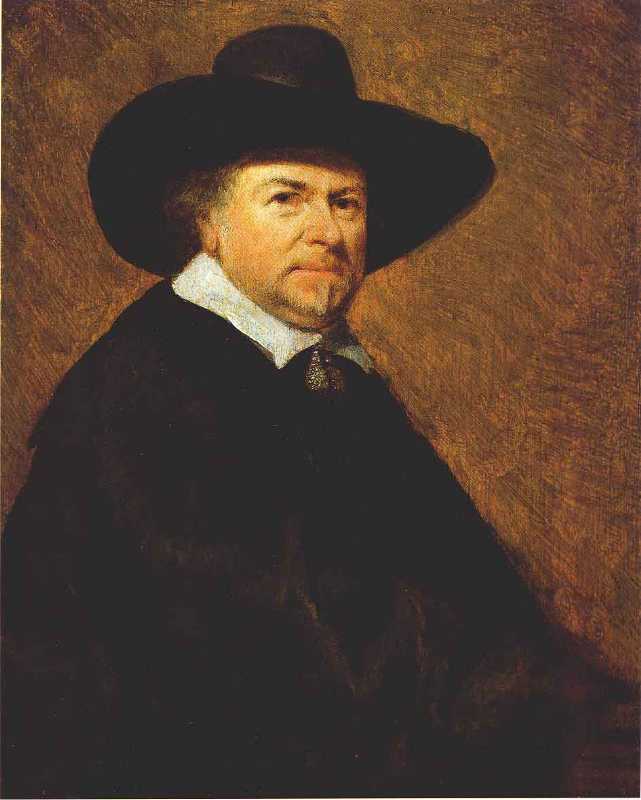
1.1. Birth and Early Life
Jan Josephszoon van Goyen was born on January 13, 1596, in Leiden, Netherlands. He was the son of a shoemaker. From a young age, around ten years old, he began his artistic education, studying under various master painters in his hometown.
1.2. Education and Training
Like many Dutch painters of his era, van Goyen pursued further artistic studies in Haarlem. Around 1617, he became a pupil of Esaias van de Velde, a significant figure in landscape painting. Under van de Velde's tutelage, van Goyen's talent for landscape art flourished, developing to such an extent that by the age of 30, his works could easily be mistaken for those of his master.
1.3. Move to The Hague
At the age of 35, in 1631, Jan van Goyen established a permanent studio in The Hague (Den Haag), which became his primary base of operation. He continued his prolific painting activities from this artistic hub, traveling extensively throughout the Netherlands and abroad to capture various landscapes.
2. Artistic Style and Technique
Jan van Goyen's distinctive artistic approach evolved significantly over his career, culminating in a unique "tonal" style that profoundly influenced Dutch landscape painting.
2.1. Development of Style
Van Goyen's early works were characterized by strong colors and a somewhat dispersed composition. However, he gradually shifted towards a more unified and simplified compositional approach. By the 1630s, he entered what is known as his "tonal period," where he predominantly used a muted palette, favoring golden brown and pale green hues, creating an almost monochromatic effect. This style emphasized atmosphere and light over vibrant color.
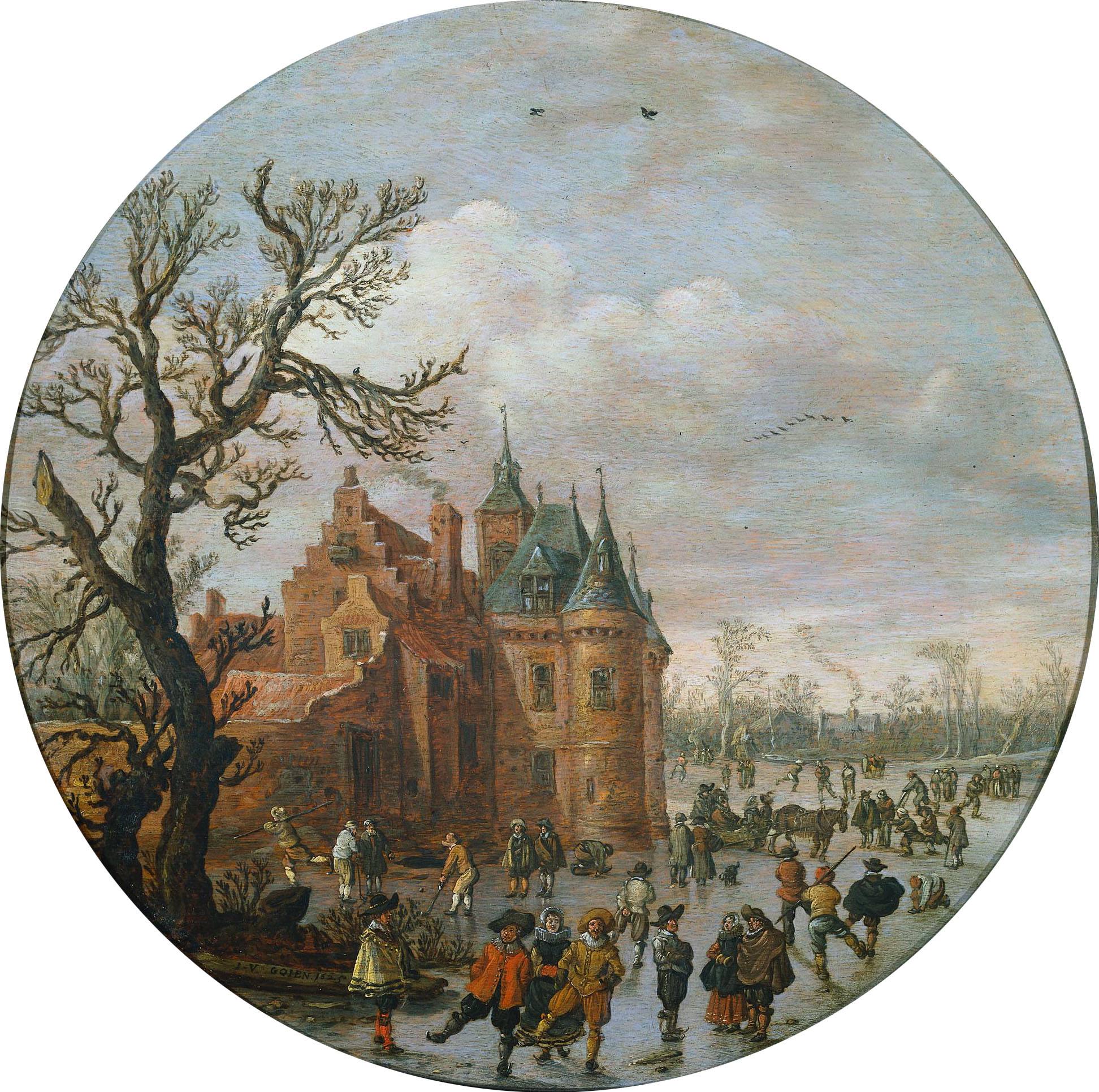
From the 1640s until his death, he further developed his technique, incorporating stronger contrasts of light and shadow to create more expressive and powerful landscape paintings, often employing a robust composition combining horizontal and vertical elements. His free, direct style and lively brushwork played a crucial role in shaping the "Dutch landscape painting" genre.
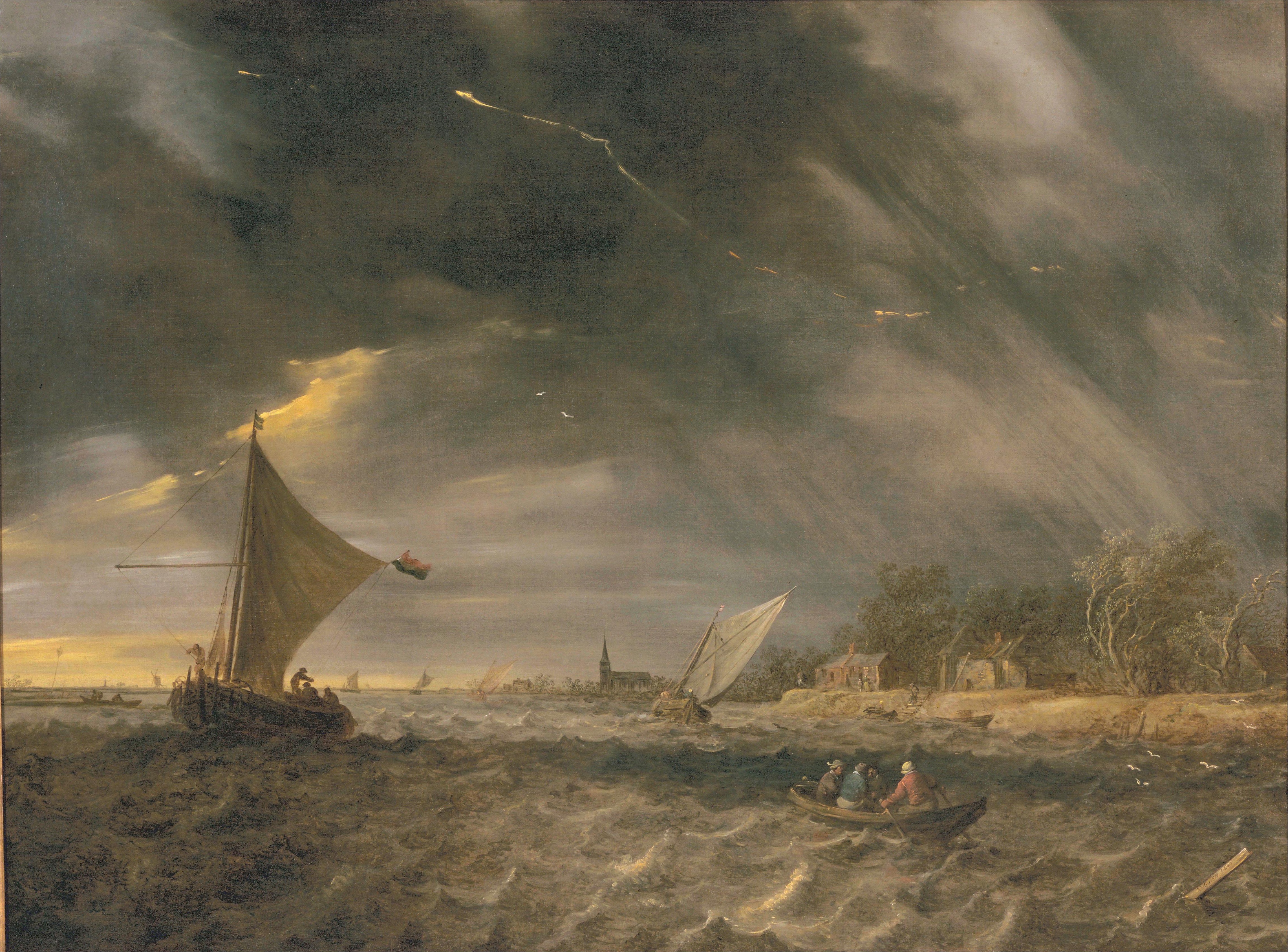
2.2. Technical Characteristics
Van Goyen typically began his paintings on thin oak wood panels. He would prepare the panel by scrubbing on several layers of thin animal glue. Using a blade, he then scraped a thin layer of tinted white lead across the entire surface. This served as a ground and helped to fill any low areas of the panel. The ground was usually tinted light brown, sometimes reddish, or ochre in color.
Next, van Goyen would rapidly and loosely sketch the scene with pen and ink, omitting small details. These walnut ink drawings are often visible in the thinly painted areas of his finished works. For guidance, he would rely on detailed preparatory drawings made from life outdoors, which he kept as reference material in his studio. Unlike today, drawings by artists of that time were rarely considered works of art in their own right.
On his palette, he would grind a limited selection of pigments, including neutral grays, umbers, ochre, and earthy greens, reflecting the very soil and landscape he depicted. He used a varnish oil medium as a vehicle to grind his powdered pigments into paint and to help apply thin, easily blendable layers of paint. The darker areas of his paintings were kept very thin and transparent, with generous amounts of the oil medium, allowing light to be absorbed into the painting ground. Conversely, the lighter areas were treated more heavily and opaquely, with a substantial amount of white lead mixed into the paint, causing light to reflect back at the viewer. This technique created a striking sense of realism and three-dimensional quality. The surface of his finished paintings often resembles a fluid, supple mousse, masterfully whipped and modeled with the brush.
2.3. Landscape Painting Specialization
Jan van Goyen was primarily a landscape artist with a keen eye for the genre subjects of everyday life. His scope of landscape subjects was remarkably broad, encompassing forest landscapes, marine paintings, river landscapes, beach scenes, winter landscapes, cityscapes, architectural views, and landscapes featuring peasants.
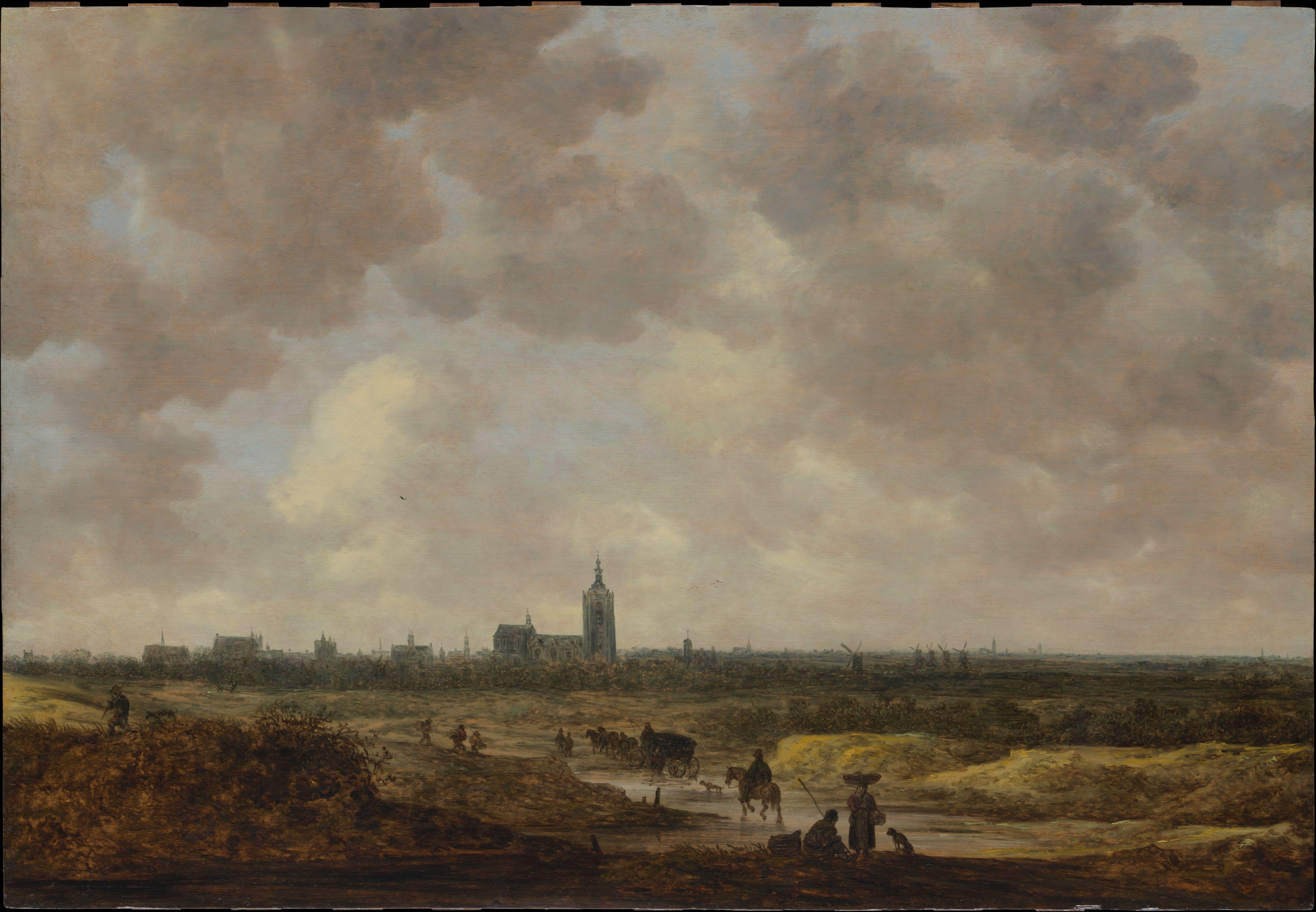
He frequently depicted the canals in and around The Hague, as well as villages in the countryside surrounding cities such as Delft, Rotterdam, Leiden, and Gouda. His mastery of landscape painting and his contribution to the genre's development established him as one of the greatest Dutch landscape painters, often mentioned alongside Jacob van Ruisdael.
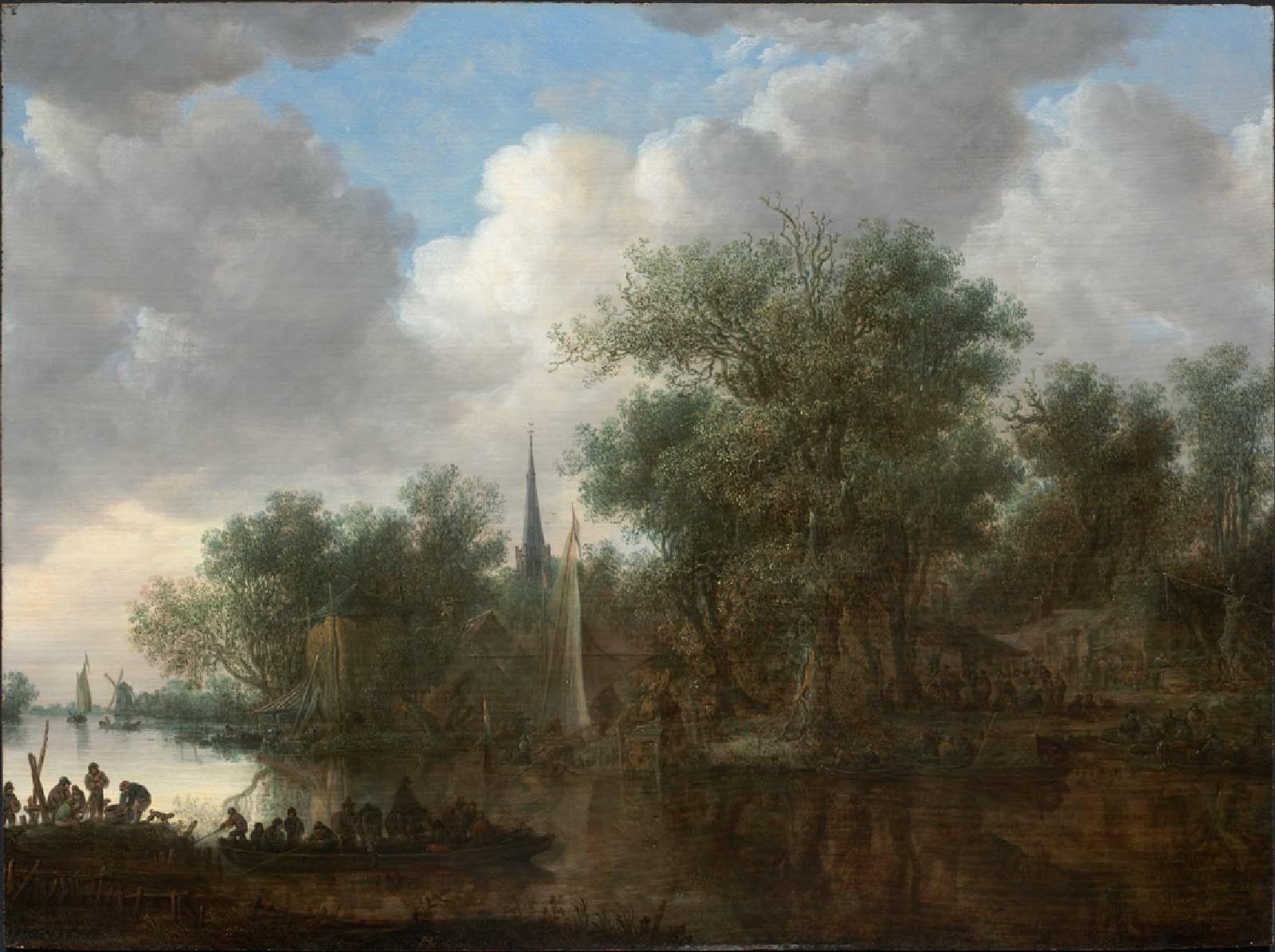
2.4. Major Works
Van Goyen's prolific career produced numerous notable works that exemplify his artistic achievements across different stylistic periods. Among his significant paintings are:
- An Evening River Landscape with a Ferry (1643)
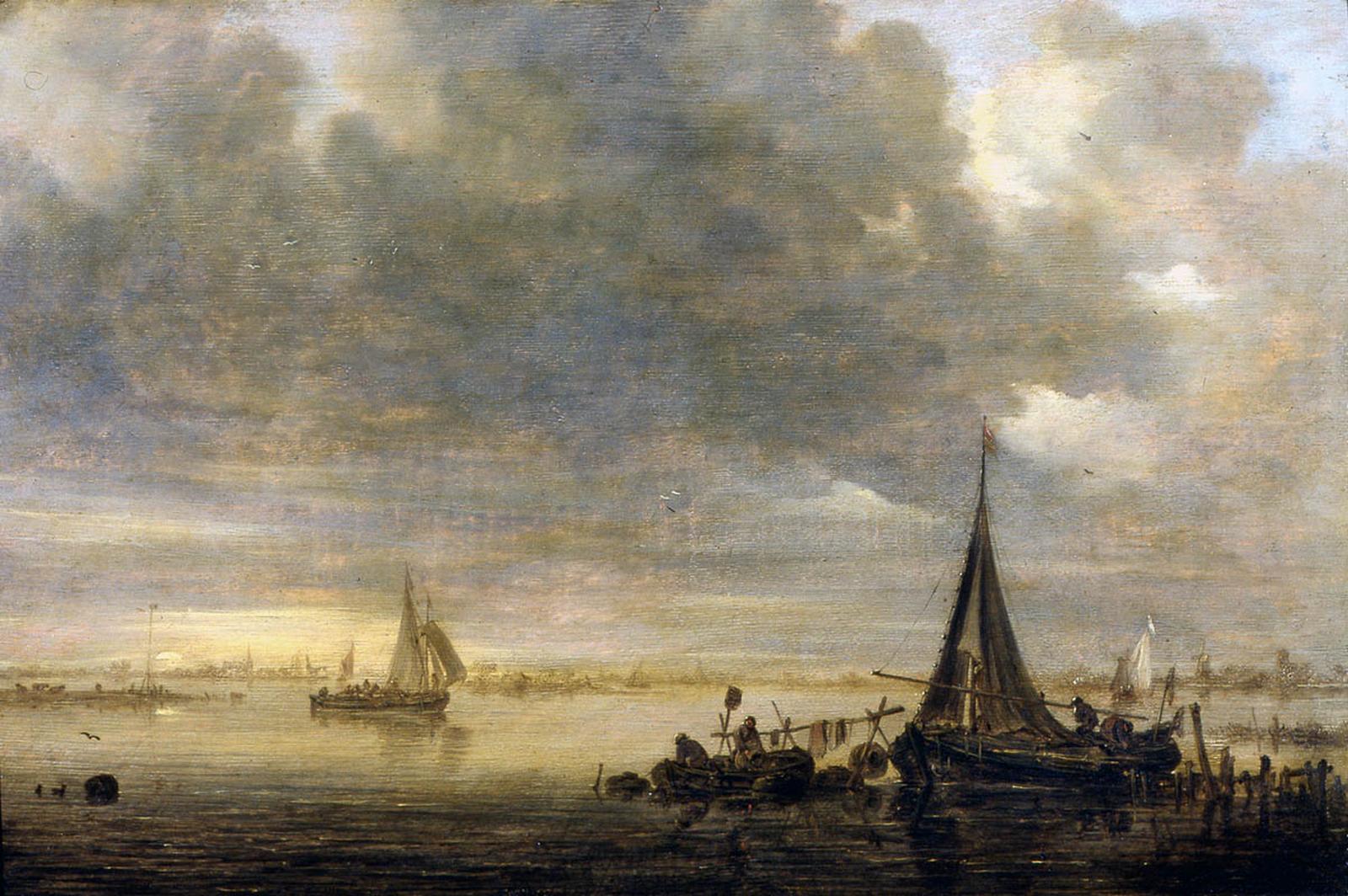
- Wageningen (1650), an oil on paper painting measuring 9.7 in (24.6 cm) x 16 in (39.9 cm), housed in the Museum der bildenden Künste in Leipzig.
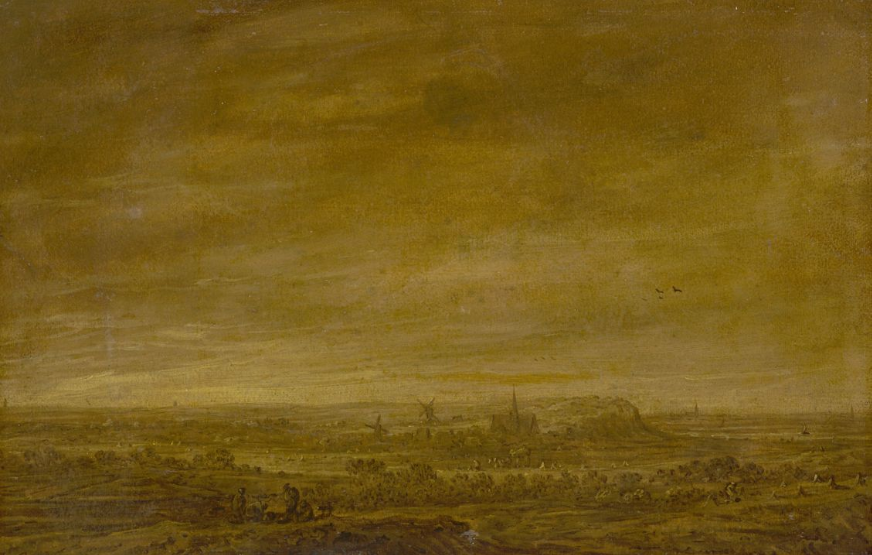
- River Landscape with Windmill and Ruined Castle (1644), an oil on canvas, 38 in (97 cm) x 53 in (133.5 cm), found in the Louvre in Paris.
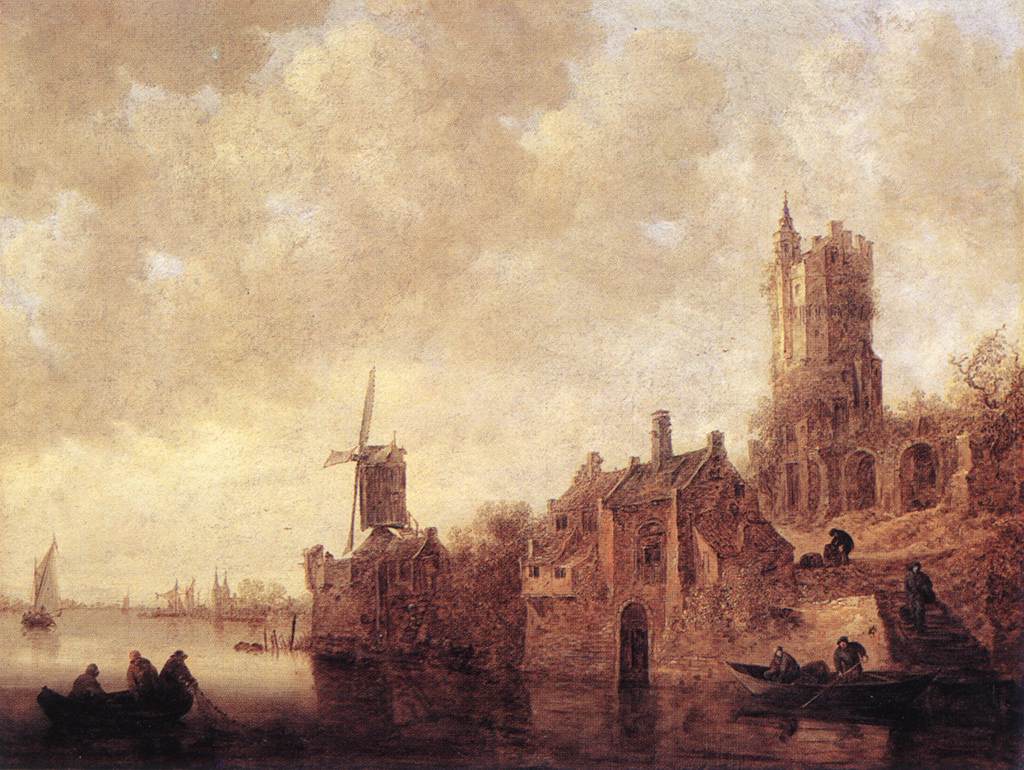
- River Landscape with Ferry boat and Cottages (1634) and Winter landscape with figures on ice (1643), both displayed at the Thyssen-Bornemisza Museum in Madrid.
- River View (1636)
- Village and Dunes (1647)
- Evening Calm (1656), one of his representative works from his late period.
- He also completed a panorama landscape of The Hague for the mayor's office in 1651, reflecting his high reputation.
- Other notable works include Sea of Haarlem, Winter Landscape, and Castle on the Riverbank.
3. Career and Financial Struggles
Despite his artistic success and prolific output, Jan van Goyen consistently faced severe financial difficulties throughout his career, often due to his involvement in speculative ventures.
3.1. Art Dealing and Speculation
To supplement his income from painting, van Goyen engaged in various related activities. He worked as an art dealer and auctioneer. Furthermore, he invested heavily in speculative markets, notably participating in the tulip mania of the 1630s, where he is noted as the last known victim of the craze. He also speculated in real estate, which, while generally considered a safe investment, led to enormous debts in his experience. For instance, the painter Paulus Potter was a tenant in one of his houses.
3.2. Financial Difficulties and Debt
Van Goyen's landscape paintings rarely commanded high prices. To compensate for the modest value of individual pieces, he increased his production, painting thinly and quickly with a limited palette of inexpensive pigments. However, even with these market innovations and his supplementary income activities, he continually sought more revenue. His speculative ventures, particularly in real estate, resulted in substantial debts. In 1652 and 1654, he was compelled to sell his extensive collection of paintings and graphic art. Subsequently, he moved to a smaller house. He died in 1656 in The Hague, burdened by an astonishing debt of 18.00 K NLG. This financial insolvency forced his widow to sell their remaining furniture and paintings to cover the outstanding amounts.
4. Personal Life
Jan van Goyen's personal life was intertwined with his artistic career and financial struggles. His financial troubles are believed to have impacted the early career prospects of his student and son-in-law, Jan Steen, who left The Hague in 1654. Besides Steen, his only other registered pupils were Nicolaes van Berchem and Adriaen van der Kabel.
5. Death
Jan van Goyen died on April 27, 1656, in The Hague, Netherlands. At the time of his death, he was still deeply in debt, owing 18.00 K NLG, which necessitated the sale of his remaining possessions by his widow.
6. Legacy and Critical Reception
Jan van Goyen's legacy is characterized by his profound influence on Dutch landscape painting, his temporary decline in recognition, and his eventual re-evaluation as a master of the genre.
6.1. Influence on Other Artists
Jan van Goyen was famously influential on the landscape painters of his century. His distinctive tonal quality was a feature widely imitated by his contemporaries and subsequent generations of artists. Art historians recognize his direct influence on painters such as Cornelis de Bie, Jan Coelenbier, Cornelis van Noorde, Abraham Susenier, Herman Saftleven, Pieter Jansz van Asch, and Abraham van Beijeren.
6.2. Critical Reception and Re-evaluation
Despite his high reputation and prolific output during his lifetime, Jan van Goyen's critical reception declined sharply after his death. For a significant period, he became a "forgotten painter," with his contributions largely overlooked. However, his work experienced a major re-evaluation and rediscovery towards the end of the 19th century, when his unique style and significant role in the development of Dutch landscape art were once again appreciated.
6.3. Mentions in Literature
Van Goyen's work and style have been noted by other artists and writers. Notably, Vincent van Gogh mentioned him in his second letter from the asylum, writing: "Through the iron-barred window I can make out a square of wheat in an enclosure, a perspective in the manner of Van Goyen, above which in the morning I see the sun rise in its glory."